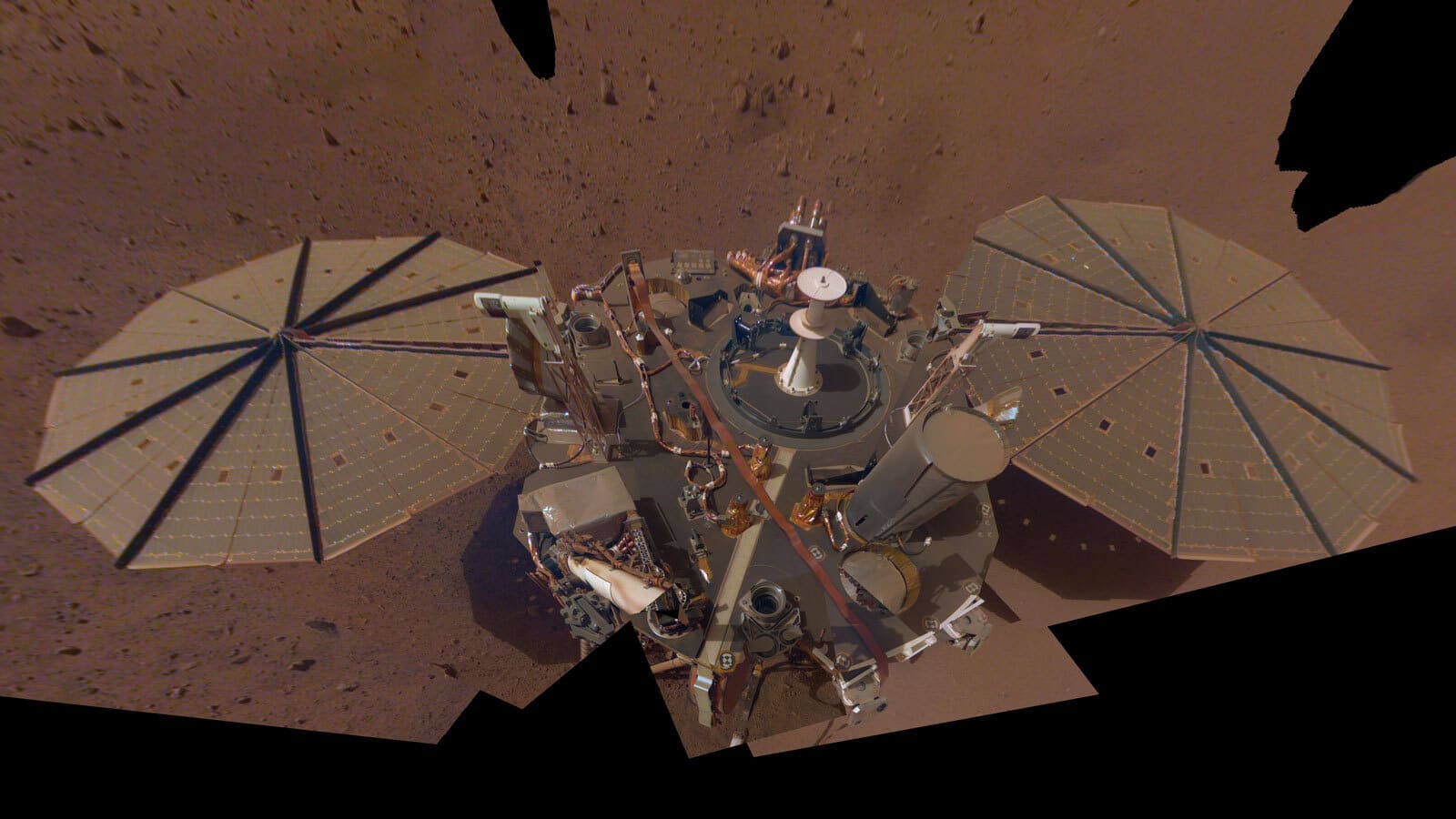Artificial Intelligence is transforming research, education, manufacturing and everyday life. To prepare the next generation of talent for a diverse, well-trained AI workforce, the U.S. National Science Foundation directorates for Computer and Information Science and Engineering (CISE) and STEM Education launched the NSF EducateAI initiative. This program aims to make state-of-the-art, inclusive AI educational experiences available nationwide.
To support this goal, NSF is investing nearly $8 million in five projects under the NSF EducateAI initiative. These projects will also benefit from the National Artificial Intelligence Research Resource (NAIRR) Pilot, an NSF-led effort to create a national infrastructure that connects U.S. researchers to essential computational data, software, models and training resources necessary for AI research.
“As AI continues to transform research and innovation, it’s crucial that we nurture a diverse AI-ready workforce prepared to tackle the opportunities and challenges of emerging technologies,” said Greg Hager, assistant director for CISE. “Through the EducateAI initiative, we are investing in AI educational programs that both complement and amplify our continuing efforts to broaden access to AI research resources.”
Furthermore, the NAIRR Pilot plays a crucial role in developing a diverse and well-trained AI workforce by providing computing, software, data, expertise and other AI resources to projects that integrate cutting-edge AI education across a wide range of institutions. “These investments not only advance our commitment to fostering innovation in emerging technologies but also ensure inclusive access to AI research resources,” said Katie Antypas, director of the NSF Office of Advanced Cyberinfrastructure.
The awards align with significant NSF and Biden administration priorities, including Opportunities Everywhere, Emerging Technologies, and the “Executive Order on the Safe, Secure, and Trustworthy Development and Use of Artificial Intelligence.”
Additionally, the projects are partnering with diverse institutions including community colleges and institutions in states eligible for funding through the NSF Established Program to Stimulate Competitive Research.
The awardees and summary of each project are listed below.
NSF Artificial Intelligence Entry Pathways.
Led by Miami Dade College, in collaboration with Houston Community College and the Maricopa County Community College District, this project aims to increase access to AI degrees for underrepresented students at community colleges. Researchers will develop scalable strategies to engage high school students and adult learners in AI education through initiatives like an AI framework for high schools, an AI teacher academy and dual enrollment courses.
Led by Cornell Tech, in collaboration with Hofstra University and the University of Illinois, Urbana-Champaign, this project seeks to equip underserved undergraduate students with AI and machine learning skills. The research team will expand Break Through Tech AI, a 12-month program that provides high-quality AI education, focusing on women and other underserved groups in tech.
NSF Integrating Artificial Intelligence Literacy into Community College Programs.
Led by the Education Development Center, in collaboration with Bridgerland Technical College, Bunker Hill Community College, Green River College, Harford Community College and Nashville State Community College, this project aims to develop a pathway from two-year to four-year degree programs in computer science and AI. Researchers will co-design and implement AI literacy courses, integrate foundational AI skills into data science courses, and build capacity among faculty to teach AI.
LEVEL UP AI: Developing Strategies to Increase Capacity and Inclusion in AI Education.
Led by the Computing Research Association, in collaboration with New Mexico State University, the Association for the Advancement of Artificial Intelligence, the Association for Computing Machinery, the Institute of Electrical and Electronics Engineers Computer Society and several NSF Broadening Participation in Computing Alliances, this project seeks to build consensus on strategies to increase capacity and diversity in AI education and to expand AI curricula and infrastructure. LEVEL UP AI will use a two-phase approach, including virtual roundtable discussions and in-person workshops, to gather diverse perspectives and create a roadmap for enhancing AI education.
Led by The University of Texas at El Paso, this project aims to integrate ethical reasoning into computer science (CS) education at Hispanic-serving institutions through the development of contextualized, open-source ethics modules focused on AI. The project will pair CS faculty with philosophy or ethics experts to co-create and implement these modules to prepare students to consider the ethical and social implications of AI technologies, ensuring they are fair, equitable and inclusive.
Note: This article have been indexed to our site. We do not claim legitimacy, ownership or copyright of any of the content above. To see the article at original source Click Here













